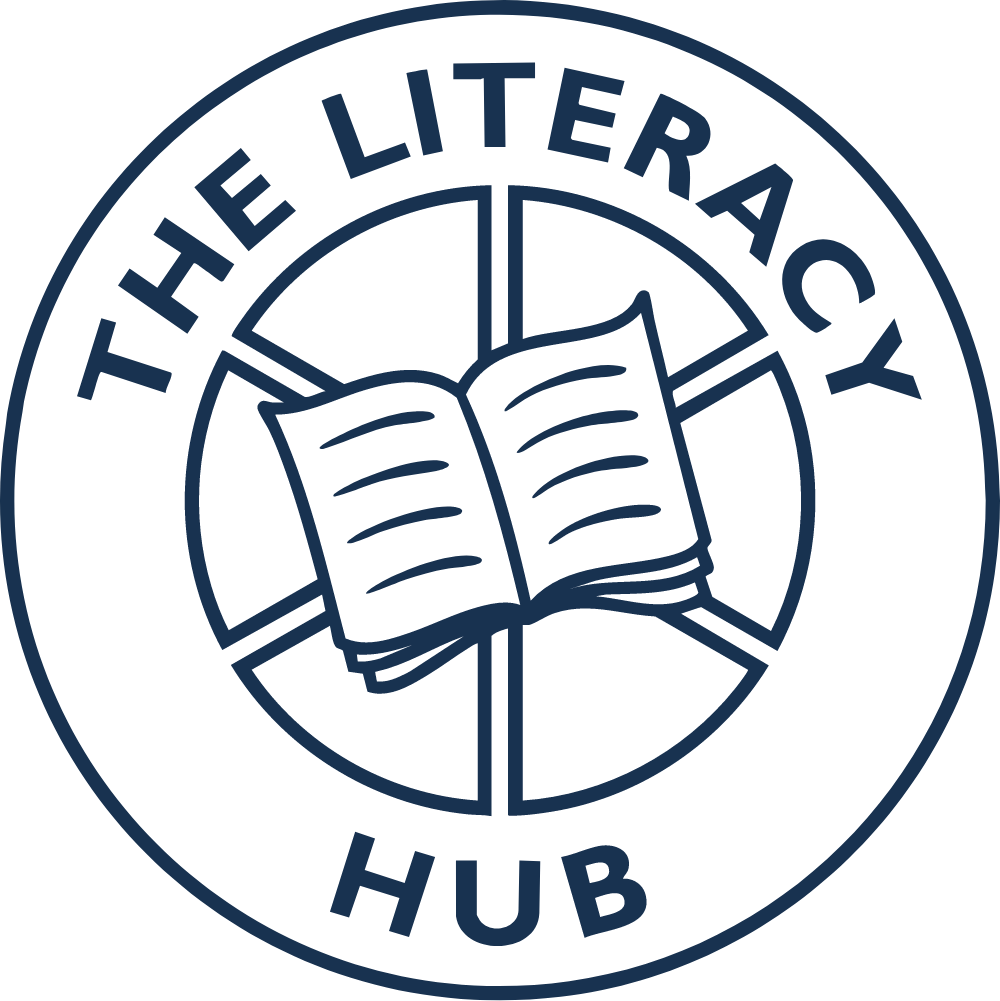Unlocking Literacy
Unlocking Literacy: Effective Decoding and Spelling Instruction (2nd edition)
by Marcia Henry
An informative book that integrates knowledge of etymology, morphology and phonics with practical lesson suggestions.
What it’s about
Unlocking Literacy is useful for educators who want information about how English works (phonics, etymology and morphology) presented in the context of how to teach it. The book is divided into three parts: Preparation, Instruction and Appendices.
Part 1 (Preparation) begins with background information about the different components of literacy instruction, and a description of historical approaches to literacy teaching. However, the main focus of Part 1 is introducing teachers to the history of written English and the impact that ‘layers of language’ – particularly Anglo-Saxon, Latin and Greek – have on the structure of words.
Part 2 (Instruction) briefly introduces some literacy teaching methods, then discusses what should be taught and how to teach it, progressing from ‘first steps’ (pre-nursery) through ‘beginning readers’ and ‘advancing readers’ to ‘competent readers’. At each step, the focus is on the structure of language and connections to phonology, morphology and etymology.
The appendices are a fantastic resource for teachers looking to develop resources with a focus on word structure. They include lists of words sorted according to prefix or suffix, lists of words with specific Latin or Greek roots, and also vocabulary lists by subject.
The best thing
The best thing about this book is the focus on the connections between etymology and morphology, and the way these connections can feed into literacy teaching.
For example, vocabulary is often conceptualised in three tiers:
Tier 1 – basic, down-to-earth words used in everyday conversation (hair, always, grass);
Tier 2 – more complex words used in books and more sophisticated conversation (devious, distinguished, experimental);
Tier 3 – technical and subject-specific words (photosynthesis, geothermal, isotope).
But Marcia Henry points out that these tiers correspond approximately to the etymological layers of English – words from Anglo-Saxon (Tier 1), Latin (Tier 2) and Greek (Tier 3). This observation enables teachers to think more systematically about the linguistic properties of these words as they plan their vocabulary teaching.
The takeaway
Unlocking Literacy provides an excellent background in terms of what teachers should know and what students should learn. If you’re keen to develop your own resources and lesson plans, there’s a lot of information and inspiration, and plenty of suggestions for further resources to investigate.
But you may also feel daunted. Although Unlocking Literacy includes practical suggestions for activities and lessons plans, these suggestions cover such wide range of ages/abilities that only a small number are likely to be directly applicable to your students. As I found when developing LIfTT, it takes a lot of further effort to create a set of resources that will put the ideas in this book into practice.

